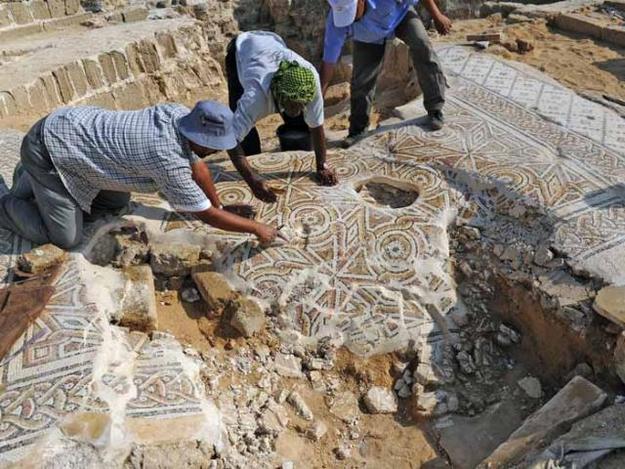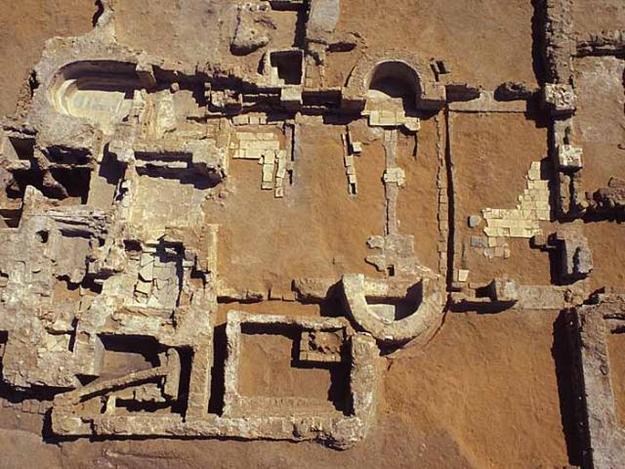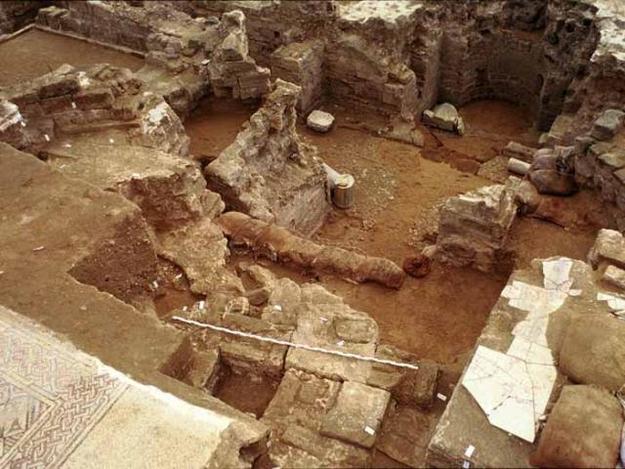Tell Umm El-'Amr (Saint Hilarion Monastery)
2012 World Monuments Watch
Located on coastal dunes 10 kilometers south of Gaza City, the archaeological remains of Tell Umm el-‘Amr span more than four centuries, from the late Roman Empire to the Umayyad period. Characterized by five successive churches, bath and sanctuary complexes, geometric mosaics, and an expansive crypt, this Christian monastery was one of the largest in the Middle East. The earliest building, dating to the fourth century, is attributed to Saint Hilarion, a native of the Gaza region and the father of Palestinian monasticism. Abandoned after a seventh-century earthquake and uncovered by local archaeologists in 1999, the site stands amidst olive groves and dwellings of the adjacent town. As the only archaeological site accessible to the public in Gaza, Tell Umm el-'Amr is an enduring and treasured vestige in an area torn by conflict. Emergency protective measures were implemented in 2010, and local authorities are now interested in advancing the long-term preservation of the site and developing tourism infrastructure to encourage visitation, engage the community, and enhance the local economy.



